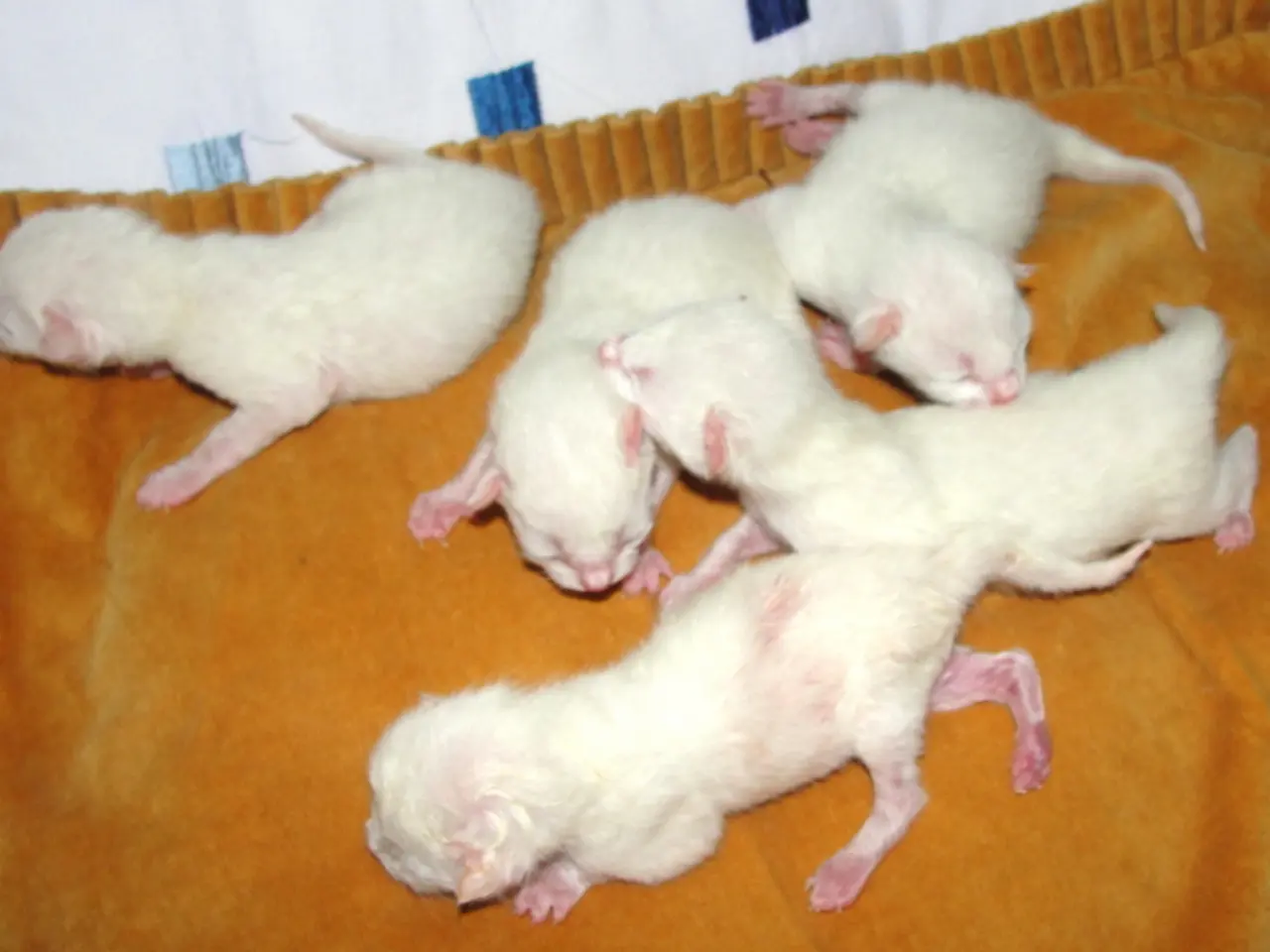Gleaning Food from Their Surroundings: Rats' Diet Consists of Whatever is within Their Reach
Understanding the Diet of Rats: Wild vs. Pet
Rats, a common urban pest, are known for their versatile dietary habits. These small creatures are capable of chewing through various materials, such as plastic and wood, and can squeeze into small spaces and climb walls, making them formidable scavengers [1].
In the wild, rats typically have an omnivorous diet that is varied and opportunistic. They feed on grains, fresh vegetables, fruits, meat, fish, insects, nuts, and whatever they can forage or scavenge, including human food waste in urban areas [2][3]. Wild rats prefer nutritionally balanced, calorie-rich foods and will often choose fresh food over contaminated sources [2]. Their natural diet also includes protein sources like mealworms and fatty nuts, and they gnaw on hard foods to help with their continuously growing teeth [2]. However, wild rats living in cities that rely heavily on scavenged human food tend to have shorter lifespans due to poorer nutrition and exposure to harmful elements [2].
On the other hand, pet rats have a more regulated diet. Their main food source consists of premium pelleted lab blocks or formulated pellets, such as Vetafarm Origins or Oxbow Essentials, which provide balanced nutrition [1][4]. Pet rats are also given fresh vegetables like kale, collard greens, broccoli, celery, and herbs twice daily, along with small amounts of fresh fruits like berries and apples (limited due to sugar content) [1]. Whole grains (like quinoa, oats) and healthy fats make up a smaller proportion of their diet [1]. Pet rats may receive occasional treats including small amounts of cooked meat, fatty fish (e.g., salmon), nuts, and yogurt drops, but sugar-rich mixes and seed-heavy foods are avoided to prevent obesity and nutritional imbalances [1][4]. Fresh water is always provided [1][4].
Proper waste management and pest control are crucial in keeping rat populations in check. Cutting off rats' access to food is key to controlling their numbers. Understanding what rats eat is the first step in preventing infestations and keeping food sources secure [1]. When rats can't find enough to eat, their populations decline naturally. It is essential to note that rats can spread diseases through their droppings, urine, and bites [1].
In summary, wild rats have a diverse, forage-based omnivorous diet including animal protein and varied plant matter found in their environment, while pet rats' diets are more regulated, consisting mainly of nutritionally complete pellets supplemented with fresh vegetables, limited fruits, and occasional protein treats to promote health and prevent obesity [1][2][4]. This article was created in conjunction with AI technology, fact-checked, and edited by a website editor.
Read also:
- Water Chemistry Dosage Guidance from AskBRS: Understanding What, How Much, and When to Add!
- Nurturing Permafungi Cultivation: An Organic Handbook for Fungi Farming
- Building Solar Power Systems for New Residential Properties: Harnessing Tomorrow's Energy from the Earth's Core
- Emerging populace advocates for a public assembly, referred to as the People's Parliament.








